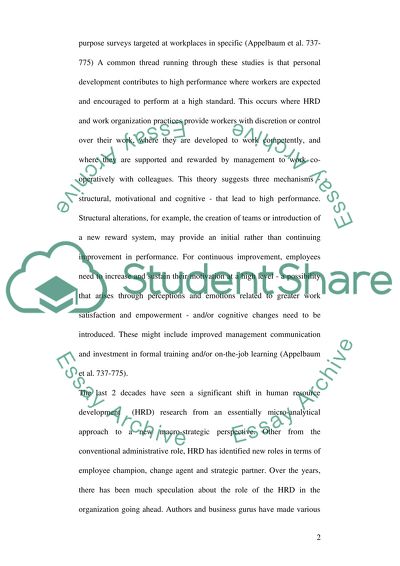Cite this document
(“What issues do HRD managers need to take into account when planning a Essay”, n.d.)
Retrieved de https://studentshare.org/miscellaneous/1502306-what-issues-do-hrd-managers-need-to-take-into-account-when-planning-a-management-learning-and-development-programme
Retrieved de https://studentshare.org/miscellaneous/1502306-what-issues-do-hrd-managers-need-to-take-into-account-when-planning-a-management-learning-and-development-programme
(What Issues Do HRD Managers Need to Take into Account When Planning a Essay)
https://studentshare.org/miscellaneous/1502306-what-issues-do-hrd-managers-need-to-take-into-account-when-planning-a-management-learning-and-development-programme.
https://studentshare.org/miscellaneous/1502306-what-issues-do-hrd-managers-need-to-take-into-account-when-planning-a-management-learning-and-development-programme.
“What Issues Do HRD Managers Need to Take into Account When Planning a Essay”, n.d. https://studentshare.org/miscellaneous/1502306-what-issues-do-hrd-managers-need-to-take-into-account-when-planning-a-management-learning-and-development-programme.


